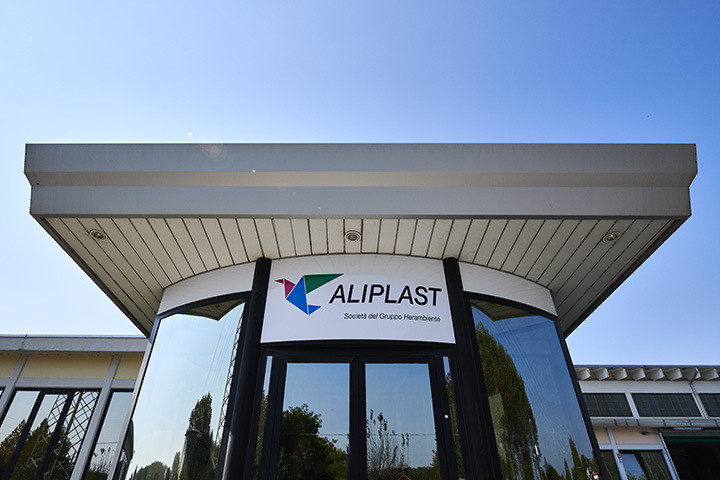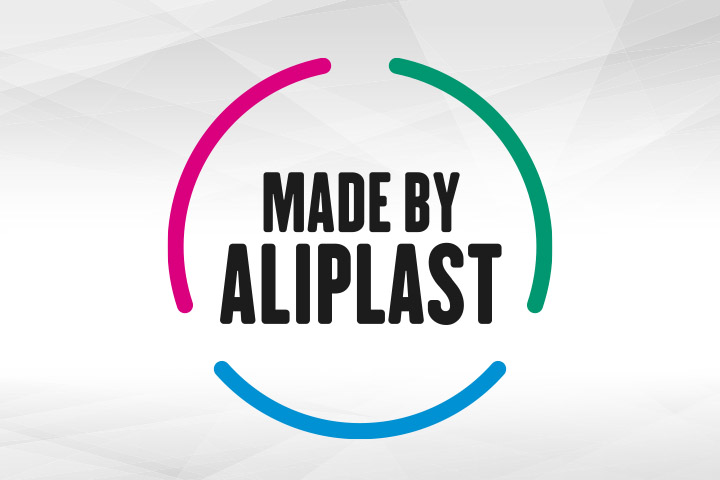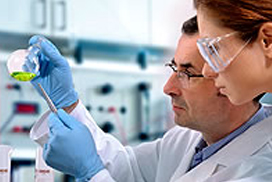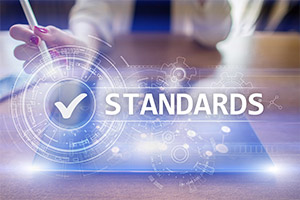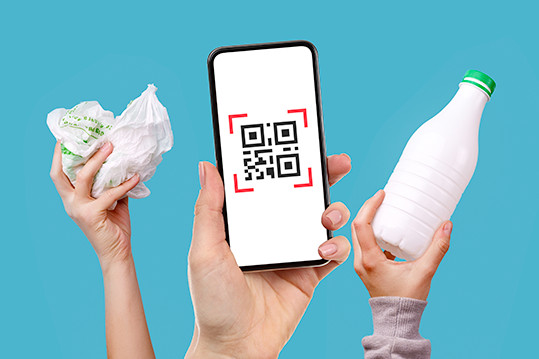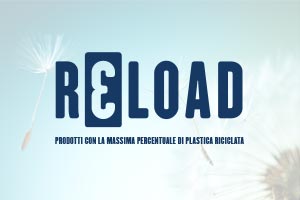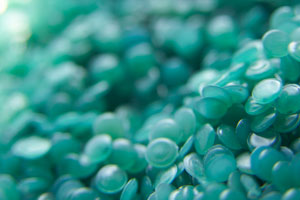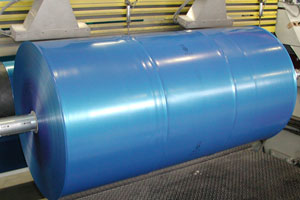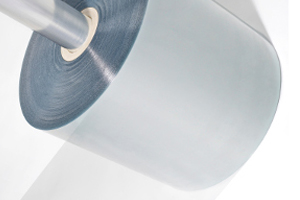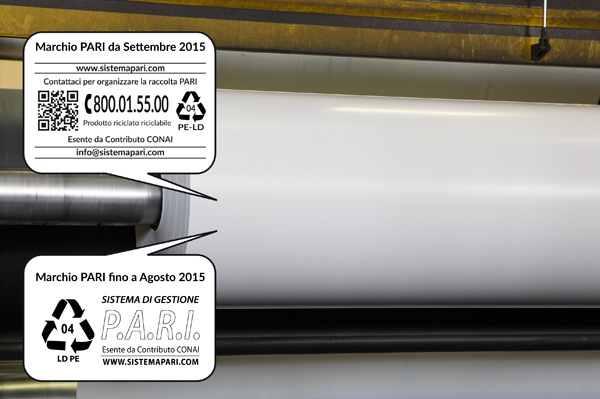News
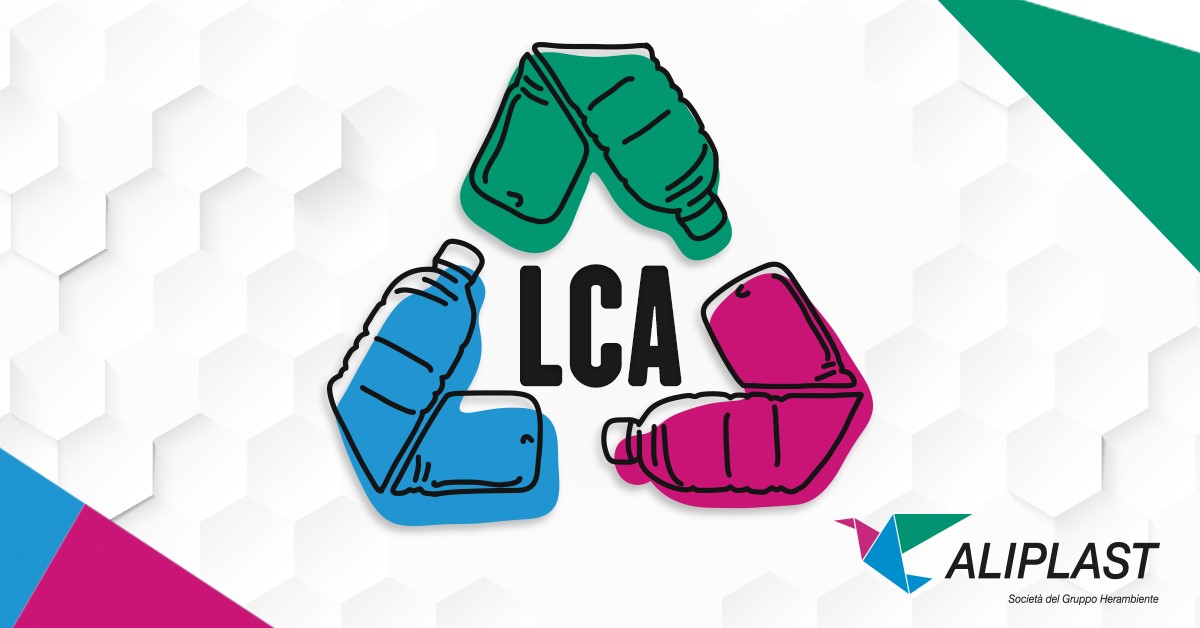
Life Cycle Assessment: assigning real value to the concept of sustainability
15 September 2021
LCA: what it is and why Aliplast adopts it
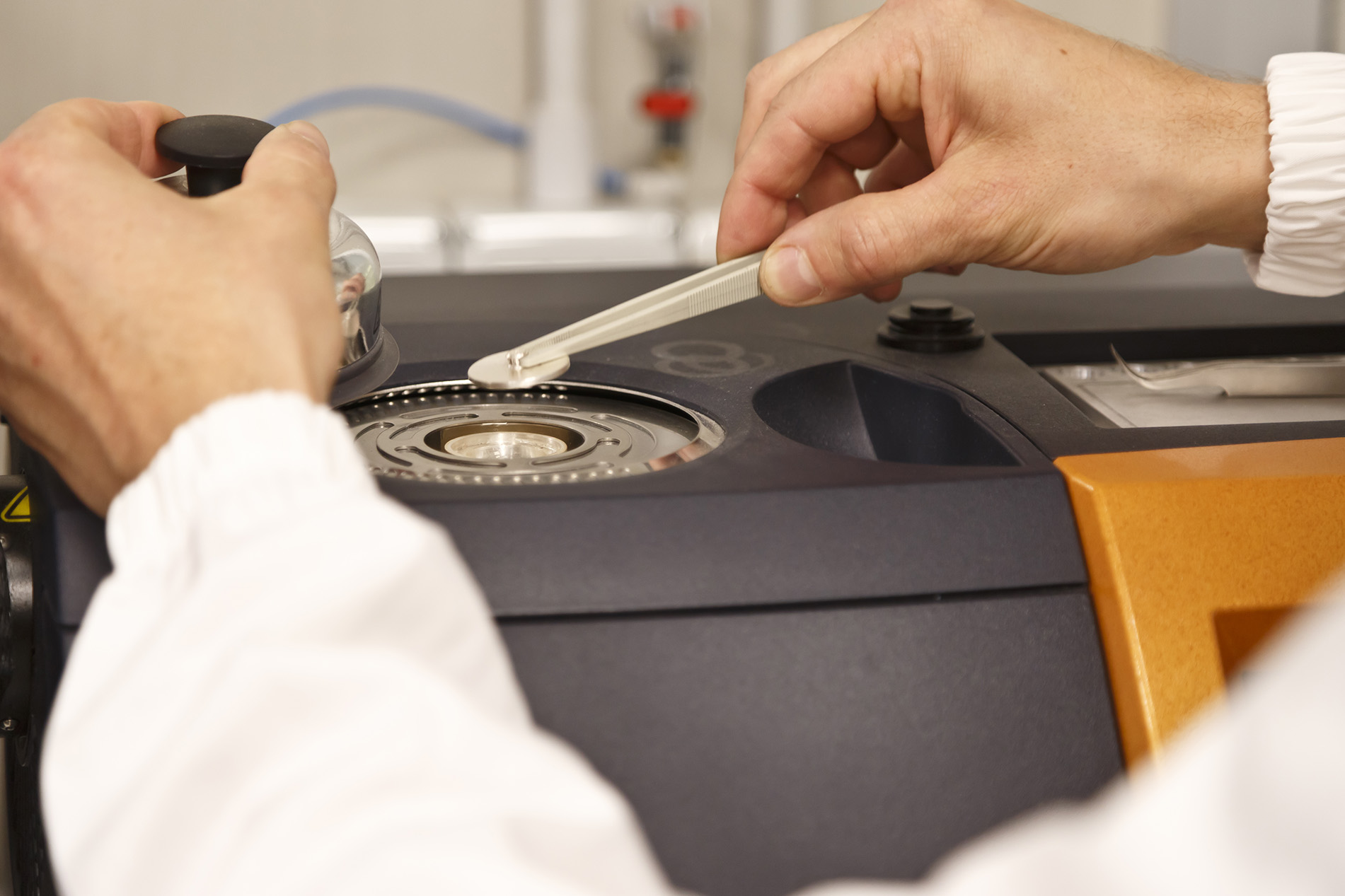 Internationally recognized and standardized, the LCA methodology is regulated by the international ISO 14040 standard (UNI EN ISO 14040 and 14044:2021). The assessment takes into consideration the entire life cycle, which means that it includes extraction and processing of the raw materials, production, transportation and distribution, use, reuse, maintenance, recycling and final disposal. In practice, once the functional unit of reference, the scope and area of application, and the boundaries of the system to be analyzed are defined, at the end of the calculation you obtain a quantified environmental footprint for a product/service expressed through a set of “impact categories,” that represent all the different impacts that are generated in the different environmental media considered, as well as the impact on human health. One of the main impact categories is the “Global Warming Potential – 100 years,” which quantifies the impact generated by the product/service on “Climate Change” and is expressed in kilograms of carbon dioxide equivalent released in relation to the chosen functional unit (kg CO2 eq). It also represents the “Carbon footprint” impact category, which is the quantity of greenhouse gas emissions generated in the entire life cycle of a product/service or organization.
Internationally recognized and standardized, the LCA methodology is regulated by the international ISO 14040 standard (UNI EN ISO 14040 and 14044:2021). The assessment takes into consideration the entire life cycle, which means that it includes extraction and processing of the raw materials, production, transportation and distribution, use, reuse, maintenance, recycling and final disposal. In practice, once the functional unit of reference, the scope and area of application, and the boundaries of the system to be analyzed are defined, at the end of the calculation you obtain a quantified environmental footprint for a product/service expressed through a set of “impact categories,” that represent all the different impacts that are generated in the different environmental media considered, as well as the impact on human health. One of the main impact categories is the “Global Warming Potential – 100 years,” which quantifies the impact generated by the product/service on “Climate Change” and is expressed in kilograms of carbon dioxide equivalent released in relation to the chosen functional unit (kg CO2 eq). It also represents the “Carbon footprint” impact category, which is the quantity of greenhouse gas emissions generated in the entire life cycle of a product/service or organization.
Fewer pollutant emissions, higher awareness
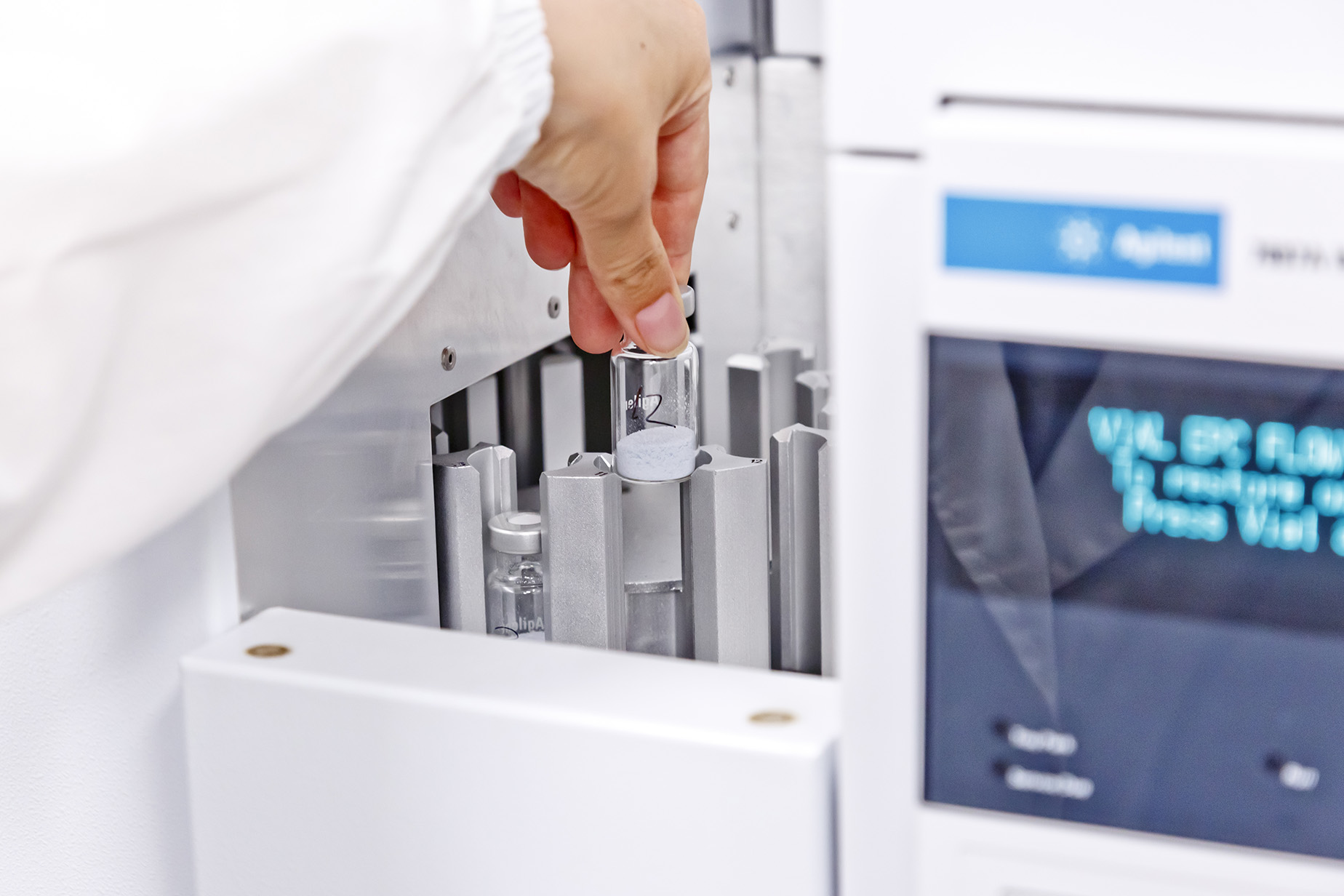 More specifically, we’re talking about greenhouse gas emissions, expressed in CO2 equivalent, “CO2eq,” which have been identified by the scientific community as the main cause of climate change, the real emergency of our time, but these aren’t just CO2, they’re also methane and nitrogen oxides. Saving CO2eq, which is something Aliplast products support when compared with virgin plastic products, allows for an informed choice. By adopting the LCA protocol, Aliplast can immediately and efficiently quantify this saving and improve the environmental performance of its services. The aim is that of providing clients with products processed with sustainability in mind, that have, at the same time, a high quality and a high performance.
More specifically, we’re talking about greenhouse gas emissions, expressed in CO2 equivalent, “CO2eq,” which have been identified by the scientific community as the main cause of climate change, the real emergency of our time, but these aren’t just CO2, they’re also methane and nitrogen oxides. Saving CO2eq, which is something Aliplast products support when compared with virgin plastic products, allows for an informed choice. By adopting the LCA protocol, Aliplast can immediately and efficiently quantify this saving and improve the environmental performance of its services. The aim is that of providing clients with products processed with sustainability in mind, that have, at the same time, a high quality and a high performance.
The values behind the measurement: CO2eq
To get a sense, both from a quantitative and a qualitative perspective, of the benefits of waste reuse, you just need to compare the Carbon Footprint values of virgin plastic and recycled plastic production processes. Let’s take the PET granule, one of Aliplast’s main products: in the Ospedaletto di Istrana plant (the company’s headquarters), the CO2eq released into the environment to produce 1 kg of recycled material is 1.123 km, while the virgin product produces an emission of 3.035 kg, with an environmental impact that is, thus, almost three times higher. (2021 data).
The other values in play: eutrophication and the impact on the soil
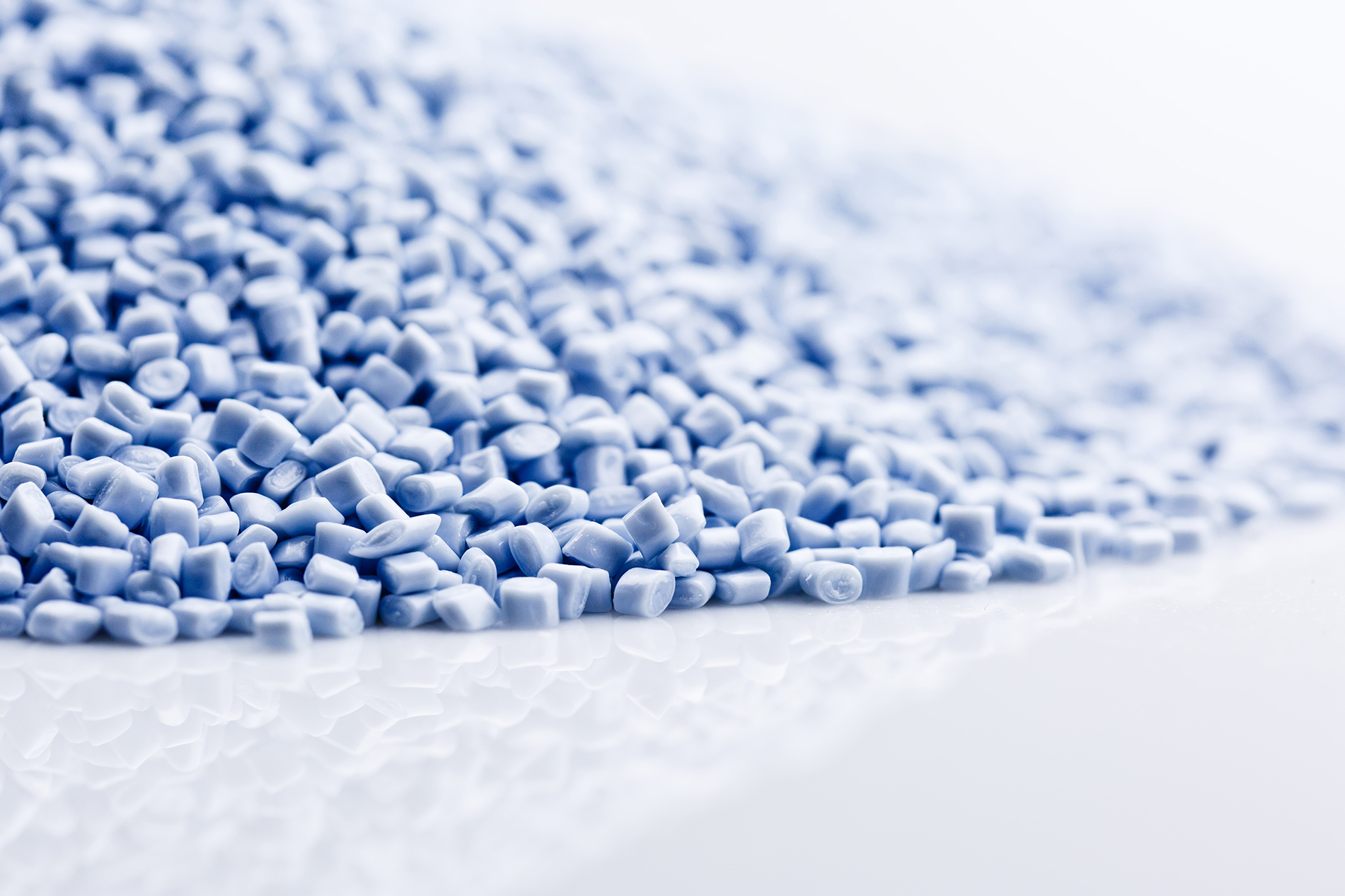 LCA doesn’t just quantify greenhouse gases, it also studies “aquatic and terrestrial eutrophication” processes. These are two “knock-on effects” which cause a depletion of the nutrients that support the growth of vegetation and algae. The depletion of mineral and fossil resources is also carefully assessed. To cite some data, the production of 1 kg of recycled PET granules has an impact on freshwater ecosystems of 0.000133 kg P eq (kilograms of equivalent phosphorus), while the virgin product has an impact of 0.000693 kg P eq. As for the depletion of mineral resources, the value for recycled PET is 3,13E-06 kg Sb eq(a value referring to non-renewable natural abiotic resources such as minerals and metals) while the value for virgin PET is 5,51264E-05.
LCA doesn’t just quantify greenhouse gases, it also studies “aquatic and terrestrial eutrophication” processes. These are two “knock-on effects” which cause a depletion of the nutrients that support the growth of vegetation and algae. The depletion of mineral and fossil resources is also carefully assessed. To cite some data, the production of 1 kg of recycled PET granules has an impact on freshwater ecosystems of 0.000133 kg P eq (kilograms of equivalent phosphorus), while the virgin product has an impact of 0.000693 kg P eq. As for the depletion of mineral resources, the value for recycled PET is 3,13E-06 kg Sb eq(a value referring to non-renewable natural abiotic resources such as minerals and metals) while the value for virgin PET is 5,51264E-05.
Environmental effects: a few examples
A few comparisons can help make this data more easily understandable: if we consider Aliplast’s entire production, we find that in 2020, for the recovery of 85,000 tons of material such as PE granules, PE films, PET sheets, the company avoided producing 155,000 tons of CO2eq. The total CO2eq saving achieved thanks to the contribution of suppliers and clients that put their trust in Aliplast’s recycled products is equivalent to the reduction in the pollution produced by more than 100,000 cars in a year. If we just take into consideration the data from the Ospedaletto di Istrana plant, the company headquarters, we find out that in 2019 the saving was more than 21,000 tons of CO2eq, which is the equivalent of about 1 million km flown by an economy class plane with 150 people on board*
(*emission factor used: 0.139 kg CO2/person x km)
news list



